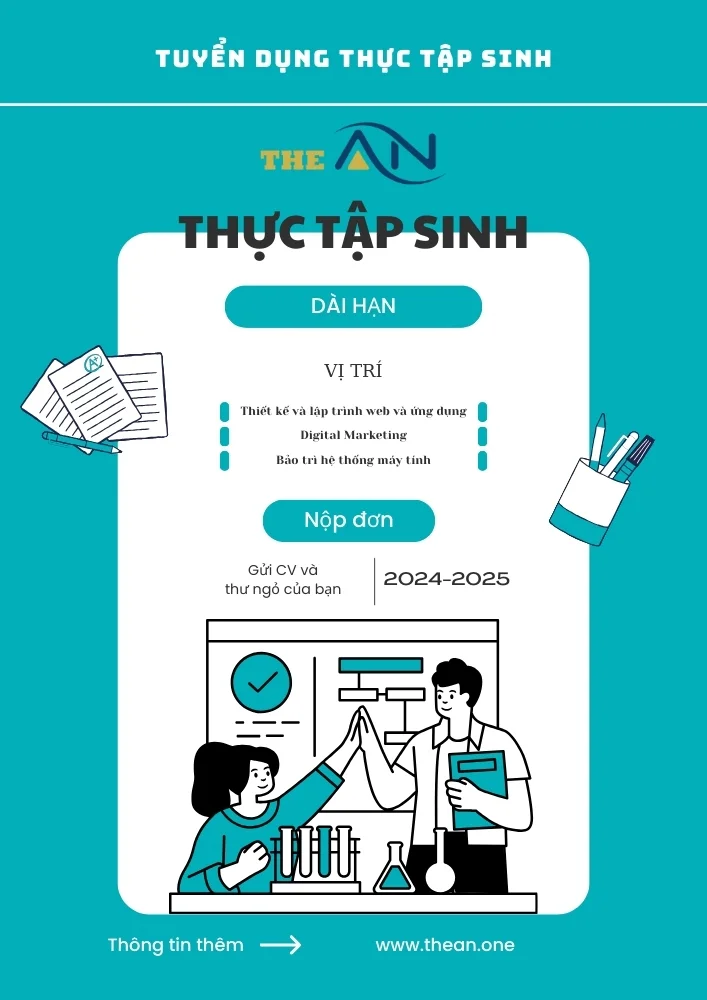How to Write a Quality Blog Post Super Fast (& Stay Sane in the Process)

You’ve a blog post to publish for your newsletter but a last minute copy deadline has just arrived. Your colleagues are talking on the phone too loud. The coffee machine has stopped. And so has your willpower.
But you have no choice…you must power on and ensure your post gets published and lands in your readers’ inbox on time. Time to stick in the earphones, give your colleagues that steely ‘do not approach me’ glare and channel your inner speedy writer.
Below, I share a few tried and tested techniques to help you get your blog post written fast – without sacrificing quality, sanity or office friendships.
1. Write What You Know
While it’s great to use your writing to learn (and I often do this myself), sometimes limited time requires you to write about what you know. This isn’t necessarily a bad thing – after all it enables you to draw on your existing knowledge and showcase your subject matter expertise.
Because you’ve held this knowledge for a long time, sometimes it’s hard to remember that it’s new, exciting, unmissable knowledge for other people. And because it’s new for other people, this means they’ll learn, appreciate, listen and hopefully share your advice amongst their colleagues, peers and friends.
Your Guide to Super Speedy, Super Strong Writing:
Okay, now that you’ve chosen a topic you know, it’s time to draft your post. At this stage you can’t afford to worry about perfection. Think of the process as organising your thoughts and silence your crazy inner editor (hush now).
Remember: There are no hard or fast rules for quicker writing so if you prefer to draft your body first and fill in your draft, introduction and conclusion later then go for it. The below guide is my personal preference and the method I use myself. However, a completely different order might work best for you – that’s why it’s important to trial and find your best speedy working method. Simply set a timer, start drafting and pay attention to the information your mind makes note of first.
2. Draft Your Speedy Intro
What’s the Problem?
Identify the problem your target persona needs solved (the one you’re solving with your post) and follow the two steps outlined below:
- Focus on the Feelings – Are your audience tired, scared, overwhelmed? Empathise with your audience and let them know how your blog post can help them.
- Focus on the Predicament - Is their boss demanding? Is there too much to learn about a specific subject? Paint an accurate picture of the problem your audience face – this will help you build trust and allow your audience to see that you understand their specific problem, making you the best person to help them solve it.
How Can Your Blog Post Help?
Now focus on the solution you’re providing for your audience. State clearly how your post will address their issues and help them alleviate them. You can even list some of the points your post will include if you would like to give your readers a greater insight into the content they can expect and look forward to.
3. Draft Your Speedy Body
List your Points
List posts work really well when you’re tight on time. That’s because there’s a clear architecture you have to fill out. A list post is also the type of scannable format that’s easy on your reader’s eye.
Jot down 5-6 rough points (these can come from your mind or through articles you’ve researched but make sure you include a unique angle or a new point of your own to add extra value).Then choose your best 3-4 points (the ideas that will help you provide the most valuable information) to flesh out and add depth to.
Flesh Out Your Points
Flesh out your chosen points as much as you can with helpful tips, tools and personal advice. At this stage break up your text as much as possible and highlight any sentences you think might prove useful to place in a ‘Hot Tip’ section later. It’s best to choose a word limit for each section from the outset – this will ensure you keep your points short and to the point. And, of course, it will help save you time.
Add Depth to Your Blog Post
Now that you’ve fleshed out your points it’s time to add depth to your blog post. Is there any research or stats you can include to back up your claims and enhance your article’s credibility? Other supporting information you can add in at this stage includes quotes from influential experts in your industry, screenshots that illustrate to readers how to carry out particular tasks and useful links to other internal or external blog posts – anything that helps them understand or believe in your blog post more.
4. Edit, Format & Select Your Pictures
Once you’ve completed the first draft of your post it’s time to edit and shape it into your final soon-to-be-published piece. Scan your post and identify sections you can break up further to enhance your blog post’s readability and make each point clearer. Add relevant images throughout your blog post to catch your reader’s eye and add context to each section or paragraph.
5. Add a CTA or any Closing Thoughts
Wrap up your post and decide what action you want your readers to take next. Do you simply want them to get started and follow the steps on the guide you’ve just written? Would you like to direct them to one of your services/tools that will help them complete the task you’ve just written about? Or would you like to ask them for their feedback? Decide quickly, get it down and get it out.
Now breathe, smile and grab that cup of coffee.
Do you have any tricks ofyour own that help you write quality blog posts faster? We’d love to hear your thoughts...
Source: DMI
Looking for a custom web design? Then Contact the website designers at The ÂN in Vietnam via (+84).326.418.478 (phone, zalo, viber) or schedule a consultation.
Other useful information:









